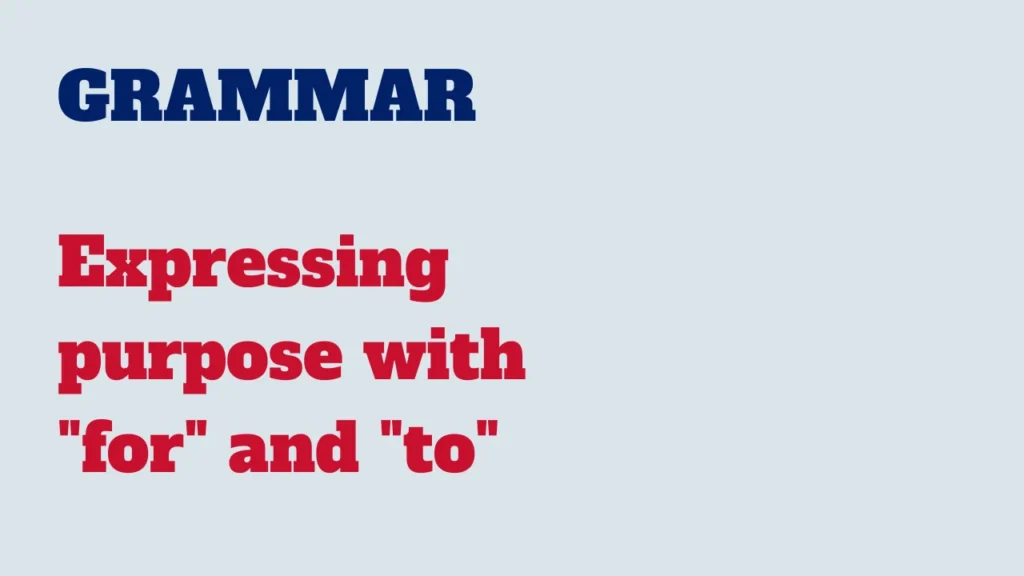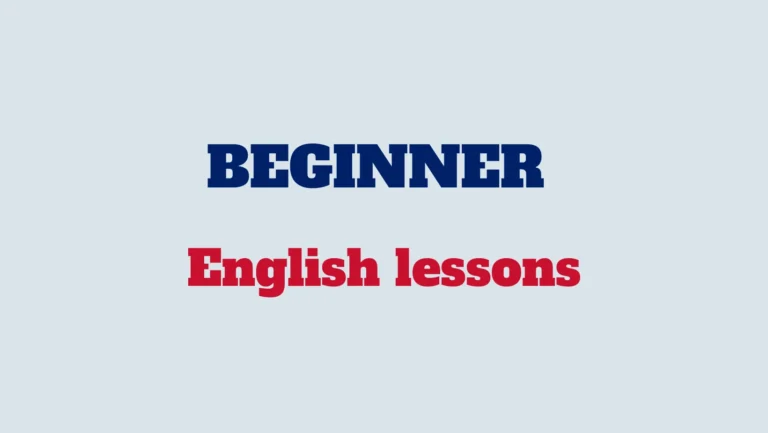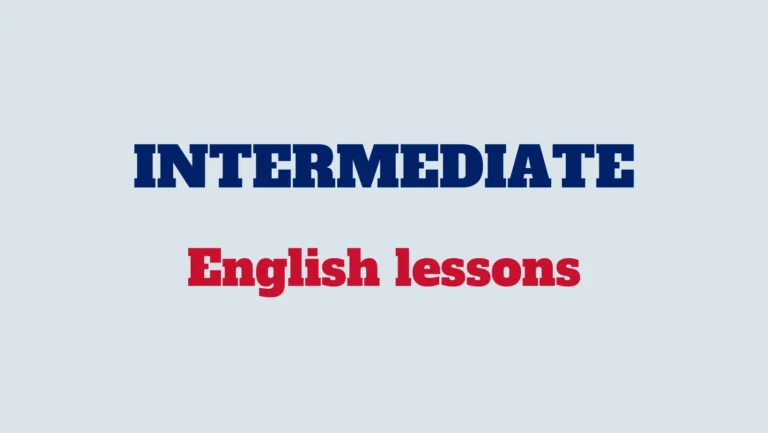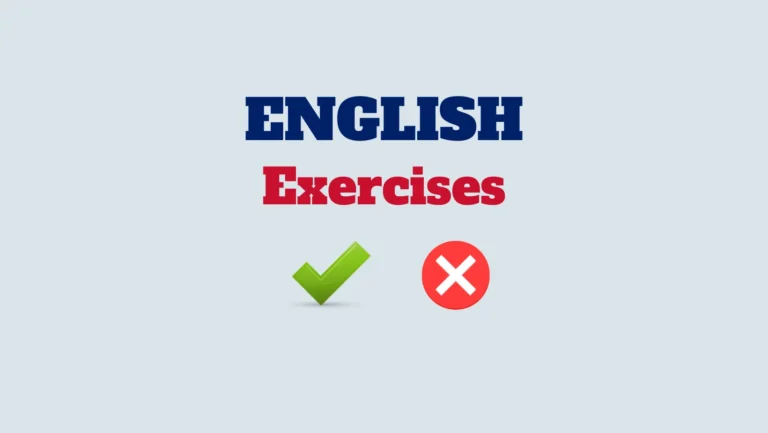Understanding how to express purpose is essential for effective communication in English. Two common prepositions used to convey purpose are “for” and “to.”

In this lesson, we will delve into the usage of “for” and “to” in expressing purpose and clarify when each is appropriately used.
“For” for purpose:
Usage:
“For” is used to express the purpose or reason behind an action or the intended recipient of an action.
Examples:
I bought a new laptop for work.
We study for knowledge.
He is saving money for a new car.
Common uses of “For”:
- Indicating the reason behind an action: “She runs for fitness.”
- Expressing the intended recipient: “I made a cake for you.”
“To” for purpose:
Usage:
“To” is used to express the goal, destination, or purpose of an action.
Examples:
She went to the store to buy groceries.
He is studying hard to pass the exam.
They traveled to Italy to experience the culture.
Common uses of “To”:
- Conveying the goal of an action: “He exercises to stay healthy.”
- Expressing the destination of movement: “I am going to the library.”
“For” vs. “To” in expressing purpose:
Using “For”:
When emphasizing the reason or intended recipient.
Example:
“I made this playlist for you.”
In expressions like “for the purpose of” or “for the sake of.”
Example:
“They work hard for the purpose of success.”
Using “To”:
When highlighting the goal or destination of an action.
Example:
“She practiced yoga to improve flexibility.”
In infinitive phrases expressing purpose.
Example:
“I am here to help.”
Additional tips:
Flexibility of use:
While “to” is often associated with movement and goals, and “for” with reasons and recipients, there can be overlap. Context is key in determining the most appropriate choice.
Variety in expressions:
Using a mix of “for” and “to” in your writing can add variety and nuance to your language.
Mastering the use of “for” and “to” in expressing purpose will enhance your ability to convey intentions and reasons in English. Practice using these prepositions in various contexts to solidify your understanding. Happy learning!



